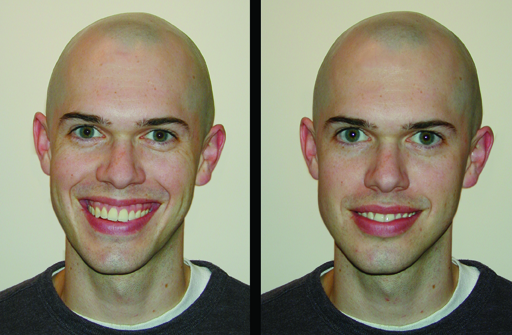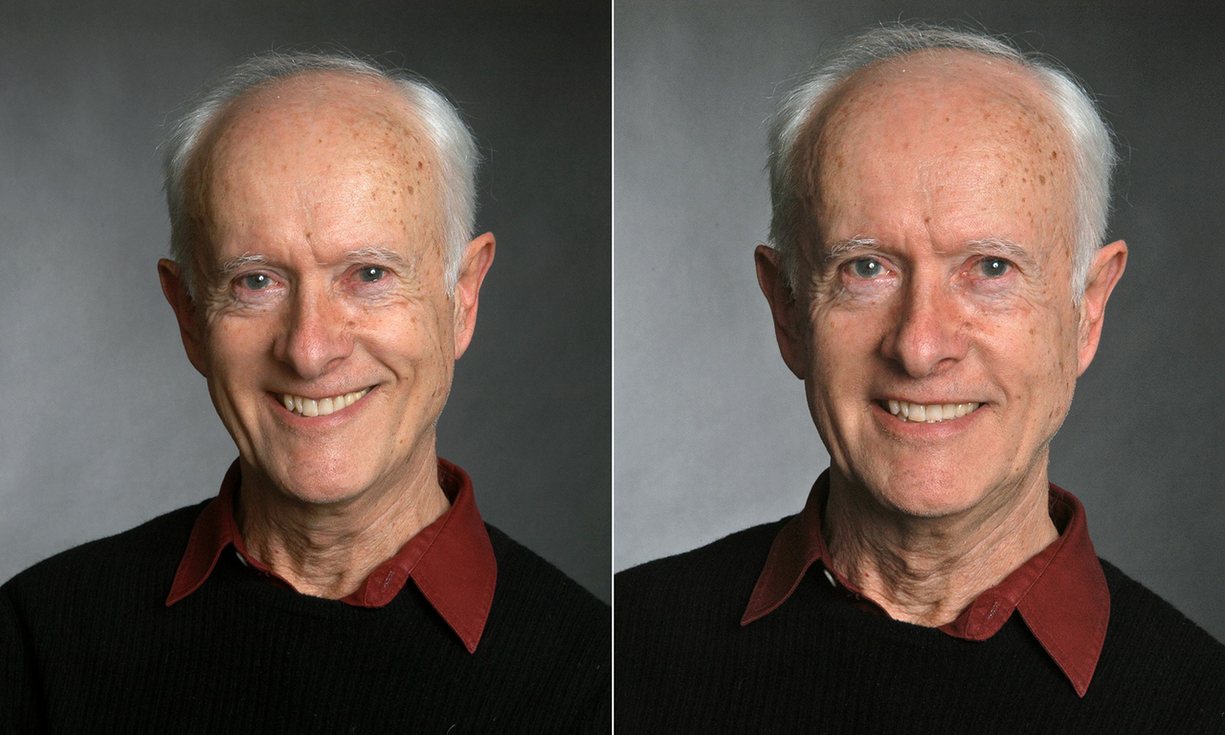How To Tell a Fake Smile From a Real Smile

By:
How can you tell a fake smile from a real one? Research dating back to 1862 has offered a simple answer.
Smiling is achieved by flexing certain facial muscles, of course.
But unlike authentic grins, a fake smile doesn't typically involve the muscles surrounding your eyes, he orbicularis oculi.
 Yale University - yalescientific.org
Yale University - yalescientific.org
Take the photo above, for example. On the left, you have a real smile. Notice how the skin near the bottom of the subject's eyes is slightly wrinkled, unlike the portrait on the right. In both photos, however, the muscles surrounding the man's mouth are stretched tight.
That's because, while "mimicking the mere mouth movement may be easy, few can deliberately engage their orbicularis oculi to replicate a [real] smile," Dr. Marianne LaFrance, a psychology professor at Yale University, explained in her 2012 study, which focused on smiling.
Even so, discerning fake smiles from real ones is easier said than done.
In an experiment conducted during a party at the Science Museum in London last year, psychologist Richard Wiseman asked 150 party goers to look at two photos of the same man and identify which photo featured the real smile. He told The Guardian that the public selects the correct photos about 60 percent of the time, but people who "lack empathy" tend to be "very bad at differentiating between the two photographs."
 The Guardian - theguardian.com
The Guardian - theguardian.com
On average, the individuals at the party chose the right photo 66 percent of the time, slightly above average.
If the participants had known about the muscular differences between real and fake smiles, however, they would have noticed right away that, in the photo on the left, the man is clearly flexing his orbicularis oculi, making it significantly more likely that the right image was inauthentic.
"You use more face muscles when you have a genuine smile and you see that in the lines round the eyes of the subject which crinkle up more," Wiseman said. It's as simple as that.
